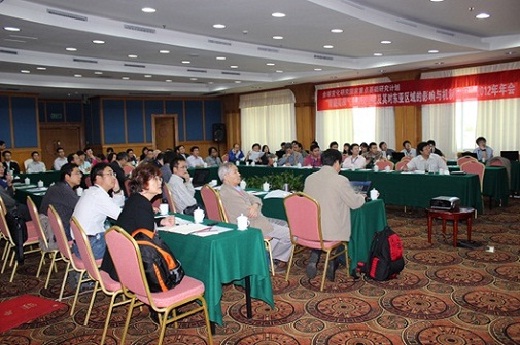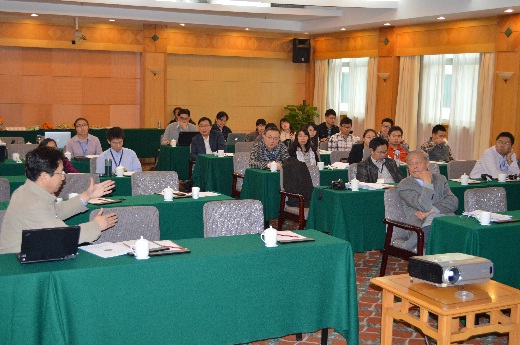| News |
| Latest news | |
| Int’l Cooperation activities | |
| Events & Announcement | |
| Recent Activities |
| Location: Home>News>Recent Activities |
| CSTP 2012 annual meeting held at Beihai |
The China Society on Tibetan Plateau (CSTP) held its annual meeting in 2012 at Beihai, Guangxi Province, during December 20-21. The meeting heard the theme report by Prof. YAO Tandong on ‘Study of multi-sphere interaction over the Tibetan Plateau”, where Prof. Yao summarized the academic development in China’s Tibetan Plateau study, proposed current academic foci, research trend, and the importance of relevant research to the ecosystem preservation. He also introduced the research achievement in studying features of major multi-sphere factors on the Plateau and their interactions, highlighting key science issues Chinese scholars encounter at present. His report closed by presenting some research directions for potential breakthrough, calling on China’s researchers to work in those directions.
The plenary session of the meeting also heard the updates in ‘Studying the Longmenshan and Wenchuan earthquakes’ presented by Prof. WANG Erqi, ‘Climatic features of daily variation in Tibetan Plateau vortexes formation and possible causes’ by Prof. ZHANG Renhe, ‘Progresses and problems in the study of remote sensing hydrology’ by Prof. SHI Jiancheng, and ‘Changes of climate systems on the Tibetan Plateau, their influences on East Asian and understanding of possible mechanisms’ by Prof. MA Yaoming.
On the afternoon of December 20 and the whole day of December 21, participants of the meeting also shared the research summary of several key NSFC research programs including ‘Multi-phase transition of water in the earth system in the Third Pole and its influences’, and ‘Changes of climate systems on the Tibetan Plateau, their influences on East Asian and understanding of possible mechanisms’. Group discussions then followed, inviting participants to contribute thoughts in the topics such as responses of Tibetan Plateau ecosystem to climate changes and human activities, and responses of Tibetan Plateau lake ecosystem to global changes.
According to the meeting secretariat, this annual meeting gathered over 150 scientific staff from various research institutes within CAS, research units of China Meteorological Administration, China Tibetology Center, and various universities including Nanjing University, Lanzhou University, Southwest University, Qinghai Normal University, Yunnan Normal University, and Jiangxi Normal University. Their multidisciplinary background is conducive to a better understanding of land surface processes and environmental changes on the Tibetan Plateau, which is important in the construction of the eco-culture in Tibet. |



